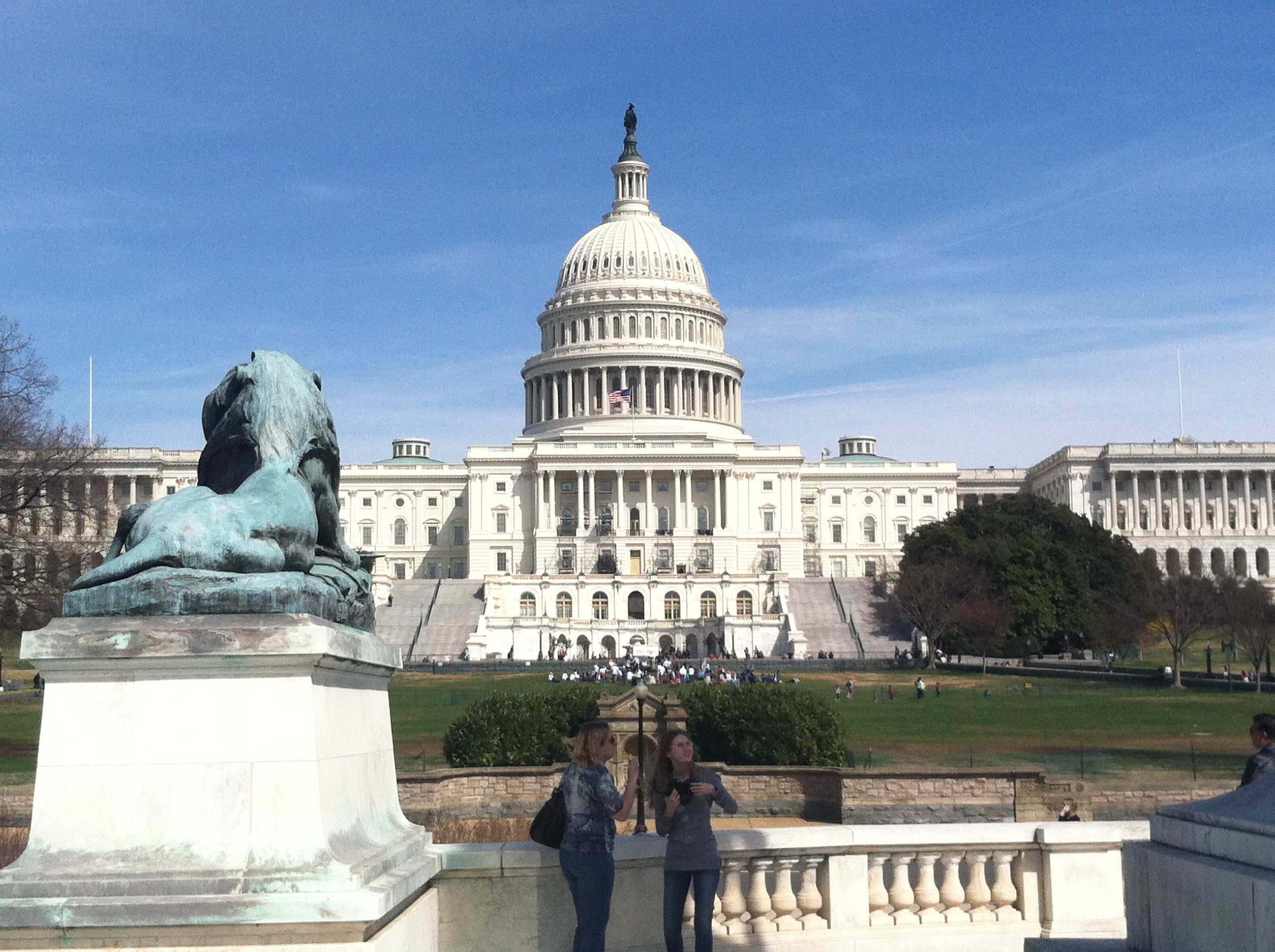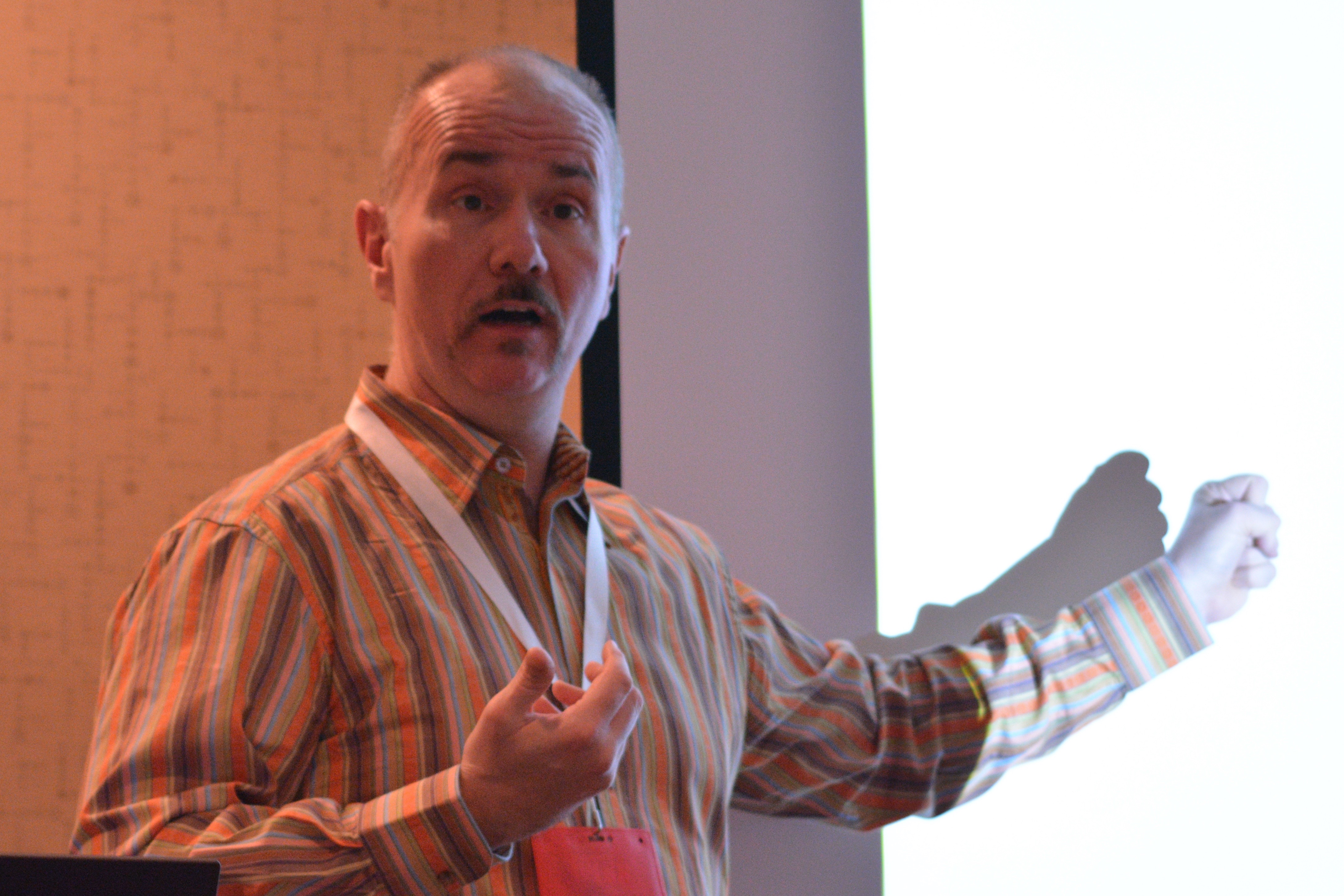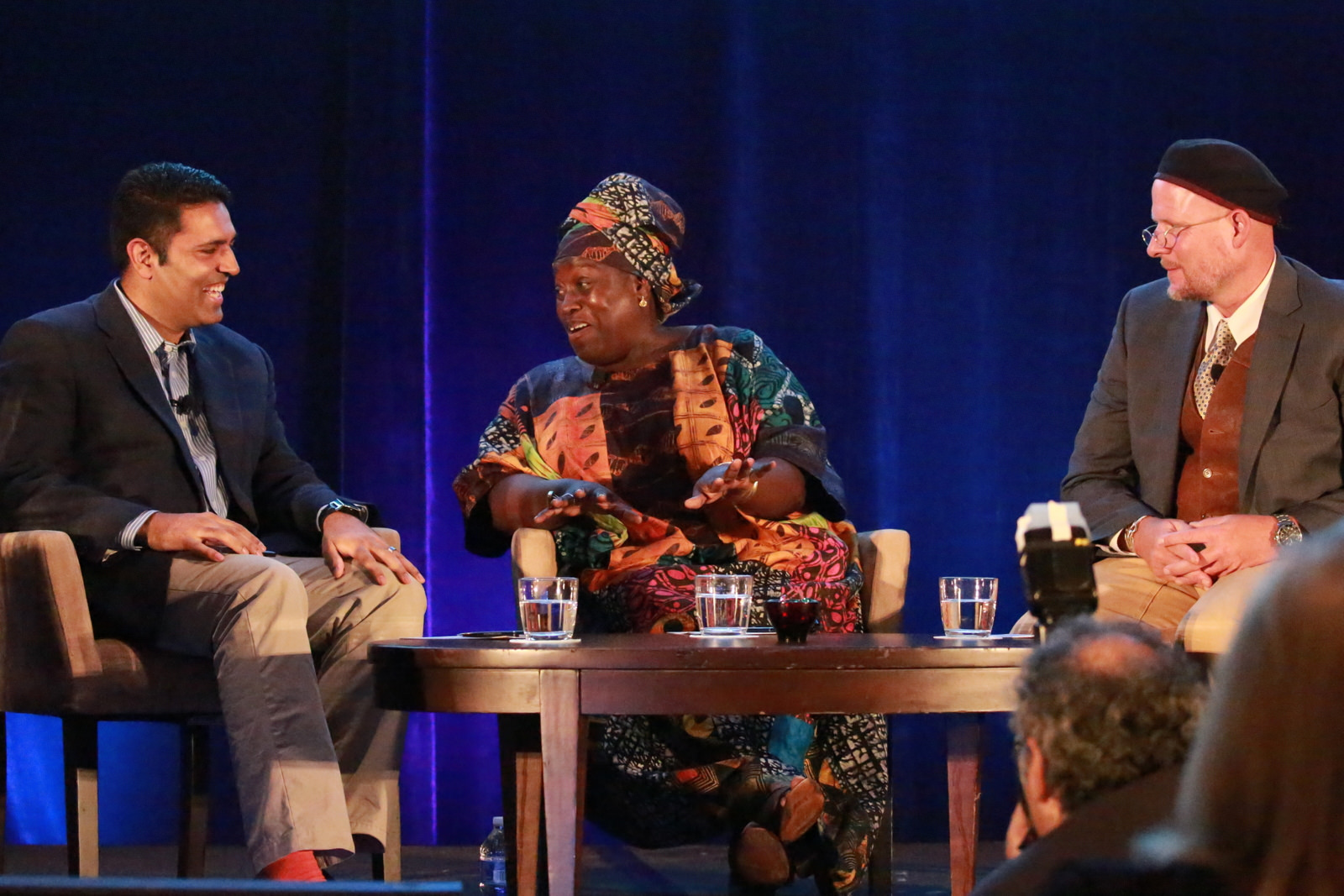Tag: CPB
House approves education bill that would reauthorize Ready To Learn
The Senate is expected to vote on the legislation Monday.Change to CPB rules asks stations to share more about executive salaries
A change to CPB’s Community Service Grant provisions aims at having all eligible stations post salary information for top executives on their ...CPB supports Arkansas news project among four public radio stations
Joining lead station KUAR as project partners are KUAF in Fayetteville, KASU in Jonesboro and KTXK in Texarkana.CPB supports Ohio River regional journalism collaboration
The collaboration will involve seven stations in Kentucky, Ohio and West Virginia.CPB’s Pat Harrison turns down Fiat awarded as raffle prize
The decision was not a popular one among her family.Consultant warns NETA attendees about stricter CPB audits
An audit of the Public Media Platform, released last week, has the potential to “catch fire with a member of Congress,” the ...NETA attendees get update on funding outlook and auction plans
An Association of Public Television Stations briefing focused on federal funding prospects and the next steps in the FCC’s 2016 spectrum auction.CPB Inspector General faults financial management of Public Media Platform
In a rare public reaction to an OIG audit, CPB issued a press release after reviewing the report.CPB, TPT receive Ready To Learn grants as budget fight looms
The Department of Education awarded $25.5 million in grants in the latest round of RTL funding.CPB IG advises return of $422,000 for American Graduate
KETC President Jack Galmiche “strongly disagreed” with the IG’s finding.How a militant Puerto Rican activist group influenced public media
After raising hell in the streets of Spanish Harlem, several of the Young Lords got into broadcasting and journalism.Kentucky radio stations look to expand collaboration on programming, development
“The people that will gain the most from this are our listeners.”Texas stations launch newsroom collaboration
The initiative grows out of the stations’ partnership on producing the daily newsmagazine Texas Standard.The last days of ‘Soul!’: Why a trailblazing show about black issues couldn’t last
An excerpt from a new book looks at the shifts in funding that doomed the documenting of an era.NPR journalists recognized for coverage from conflict zones
CPB honored David Gilkey and Ofeibea Quist-Arcton at the Public Media Development and Marketing Conference.













